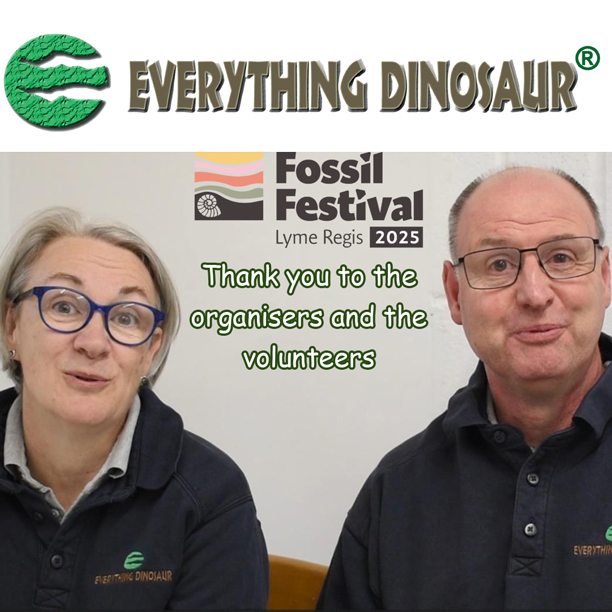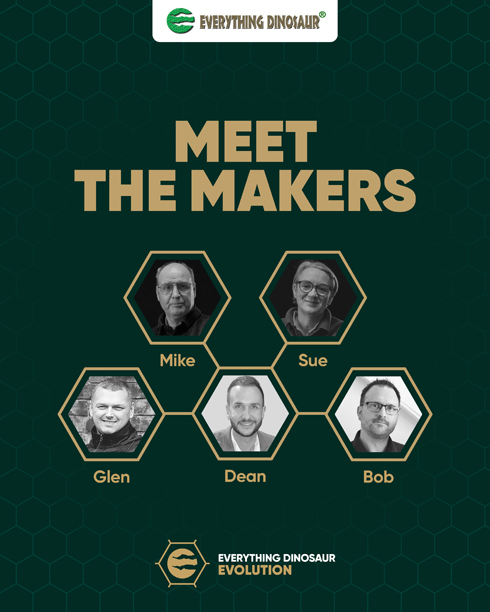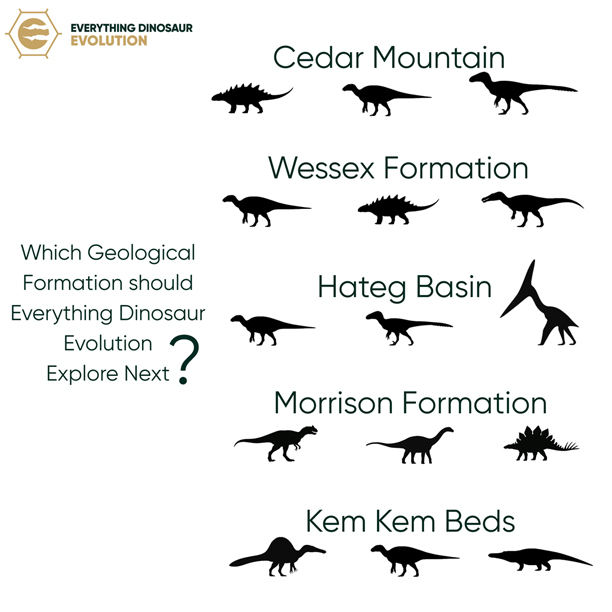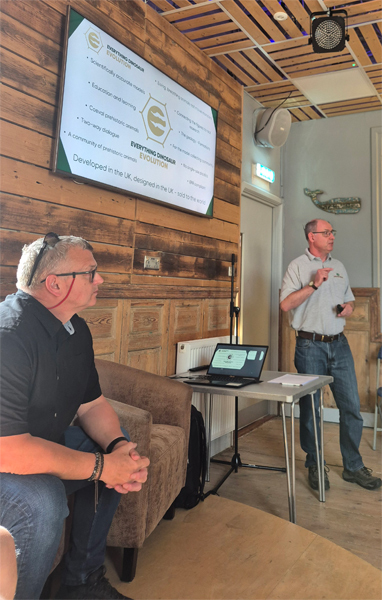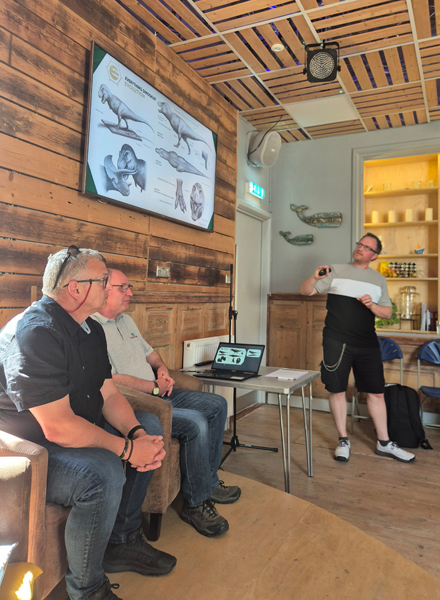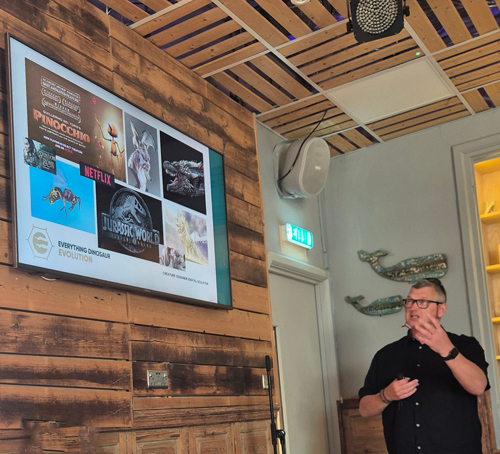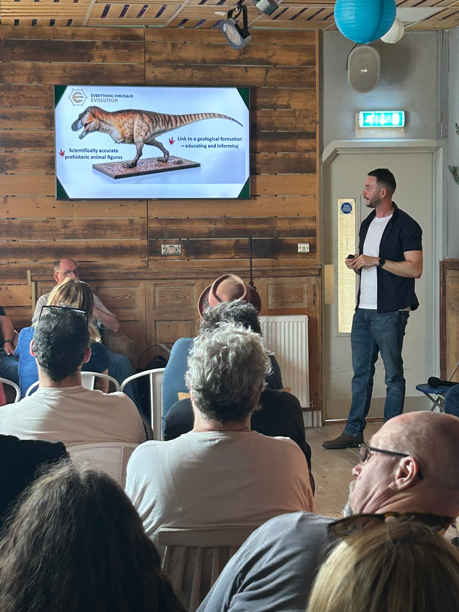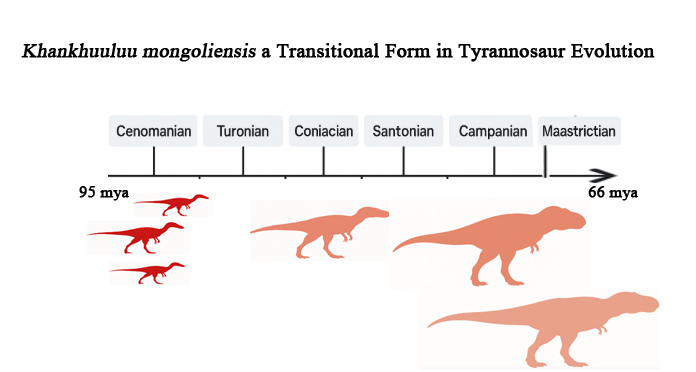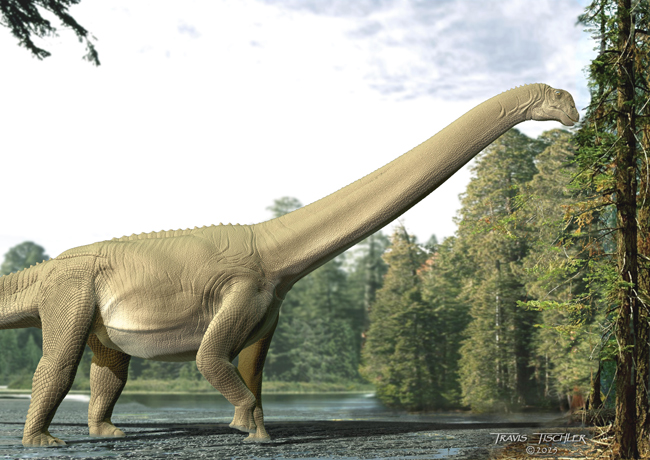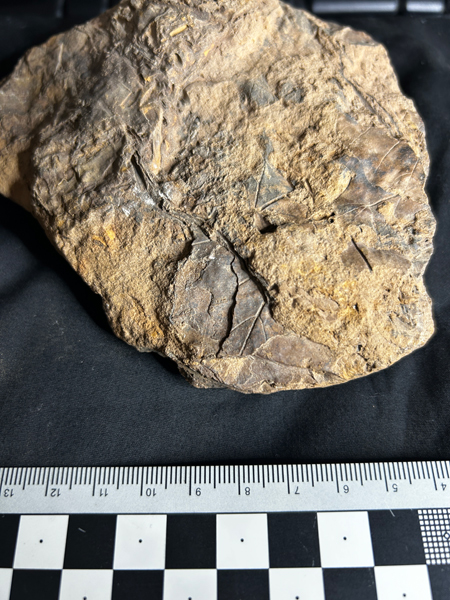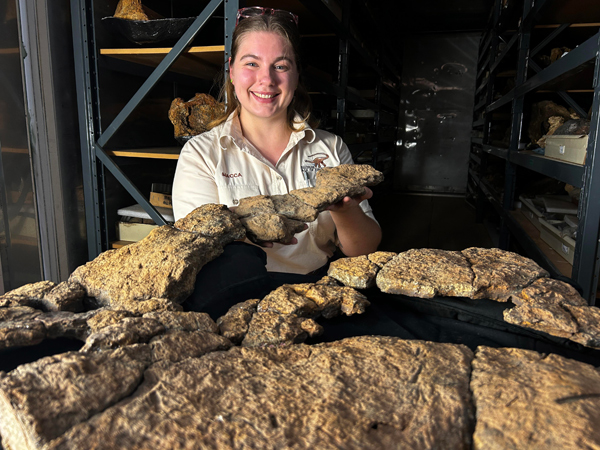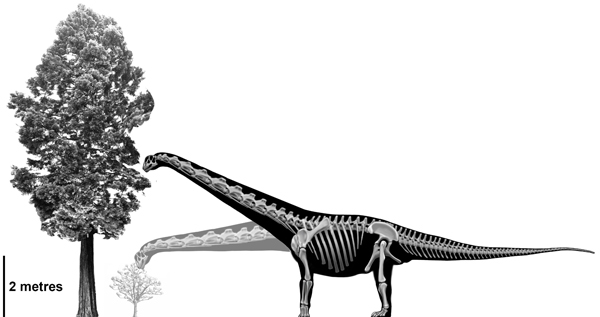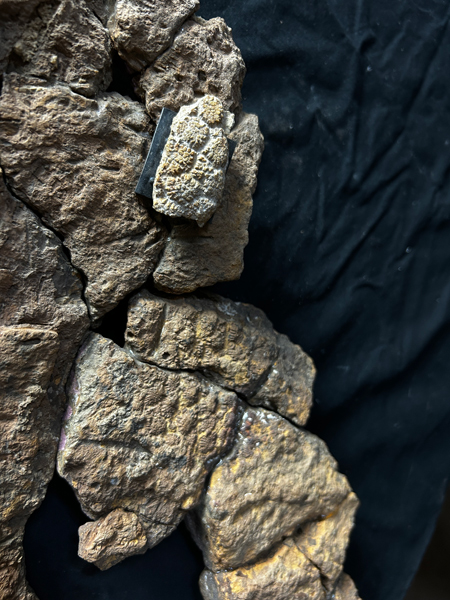Spectacular New Fossil Finds for Bromacker Project Team
It is the end of this year’s excavation season for Bromacker project team members. The excavations at the world-famous Bromacker fossil site in Thuringia (Germany) have been a success. A layer of fossils bones, small skeletons and an ash layer suitable for age determination promise new insights into the 290-million-year-old ecosystem of the Bromacker locality. In just eighteen days, over fourteen hundred volunteers participated in the field work. Congratulations to everyone involved in this exciting project.
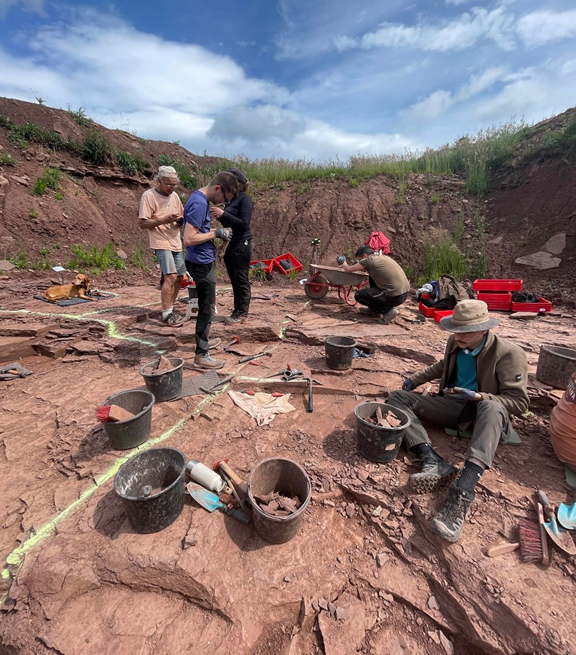
Field team members working on the Bromacker project (June 2025). Picture credit: Bromacker Projektteam.
Picture credit: Bromacker Projektteam
A Successful Conclusion to this Year’s Bromacker Project Field Work
The Bromacker location is one of the world’s most significant fossil sites documenting an Early Permian terrestrial ecosystem. An international research team consisting of palaeontology and geology experts, including students, technical staff and science communicators, has been excavating at the Bromacker locality for several weeks every year since 2020. The Museum für Naturkunde Berlin, the Friedrich Schiller University Jena, the Friedenstein Foundation Gotha, and the UNESCO Global Geopark Thuringia Inselsberg – Drei Gleichen are involved in the project.
To read an earlier blog post about the discovery of fossilised skin impressions at the site: Early Synapsids and Skin Impressions.
Approximately fifty researchers from six countries took part in this year’s excavation work. Over two hundred and fifty fossils were recovered from the site.
Project and excavation manager Prof Jörg Fröbisch (Museum für Naturkunde Berlin) is extremely pleased with the new finds.
He commented:
“This year’s excavation at Bromacker was once again a huge success and has revealed completely new aspects. This again includes numerous and varied finds of prehistoric bones, trace fossils, invertebrates and plants. The discovery of an extensive bone layer and two small skeletons, possibly from early reptiles, is particularly exciting. We have also examined one of the massive sandstone beds for the first time and discovered vertebrate burrow systems and plant remains. The identification of an ash layer is also spectacular, which we hope will allow us to determine the exact age of the find layers for the first time.”
The Free State of Thuringia is continuing the funding until the middle of 2026. With the continuation of excavations, preparation, collection management and various educational programmes and communication formats for the general public, the future of the UNESCO World Heritage status of the Thuringia Inselsberg – Drei Gleichen Geopark is secured.
Dr Tom Hübner (Friedenstein Foundation Gotha), is delighted with this news.
Dr Hübner added:
“The new commitment of the state of Thuringia to the Bromacker is of particular significance and underlines the importance of this unique fossil site for the region and far beyond. We are particularly pleased that the recently approved funding will make it possible to carry out another excavation next year.”
Everything Dinosaur acknowledges the assistance of a media release from the Museum für Naturkunde Berlin in the compilation of this article.
Visit the Everything Dinosaur website: Dinosaur Toys and Models.




